Email:
sales@hypersolidmetal.comWhatsapp:
8618134799990
Email:
sales@hypersolidmetal.comWhatsapp:
8618134799990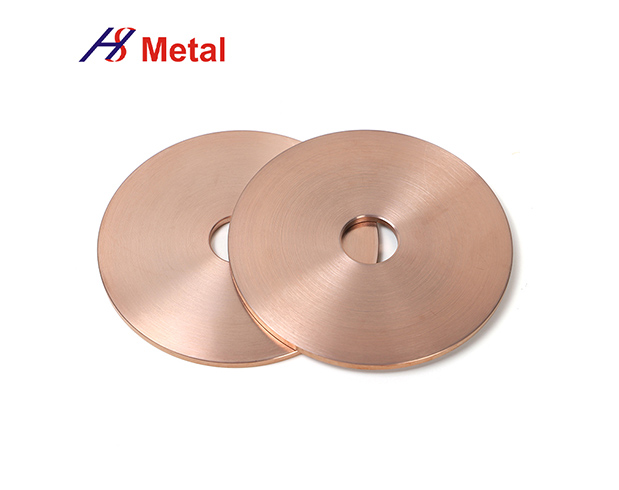
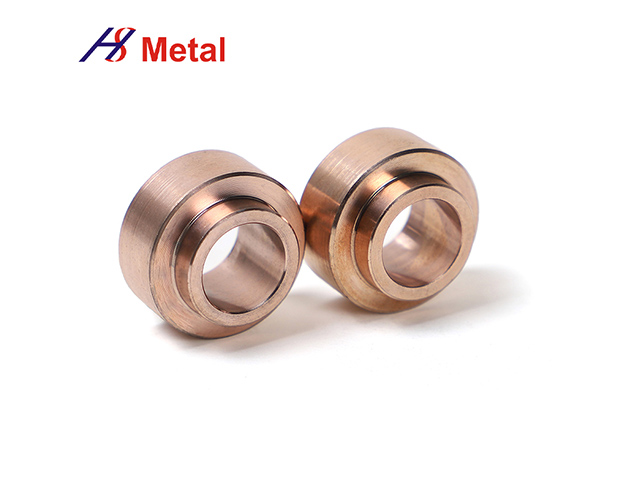
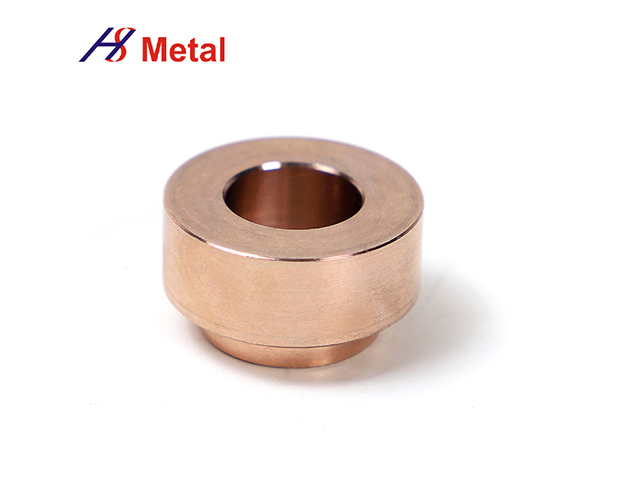
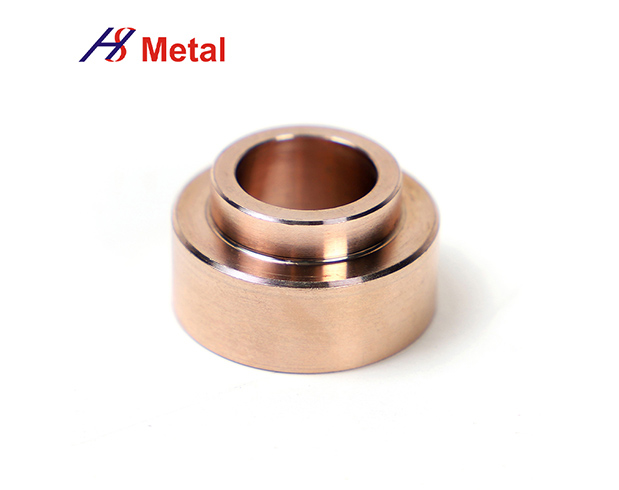
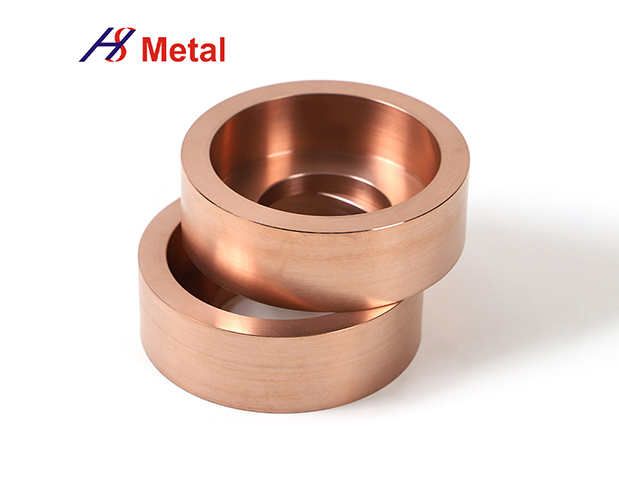
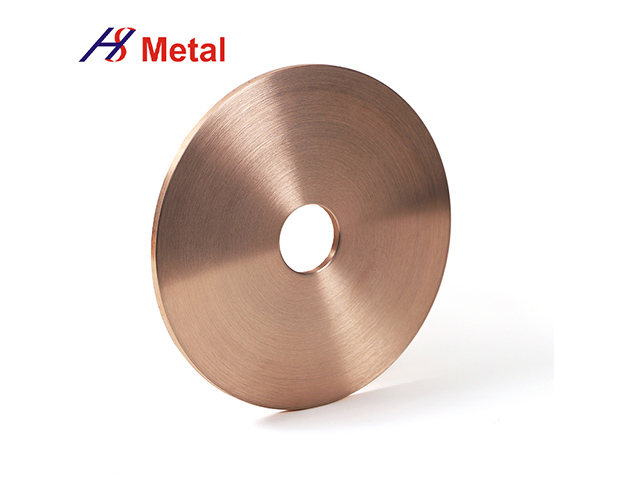
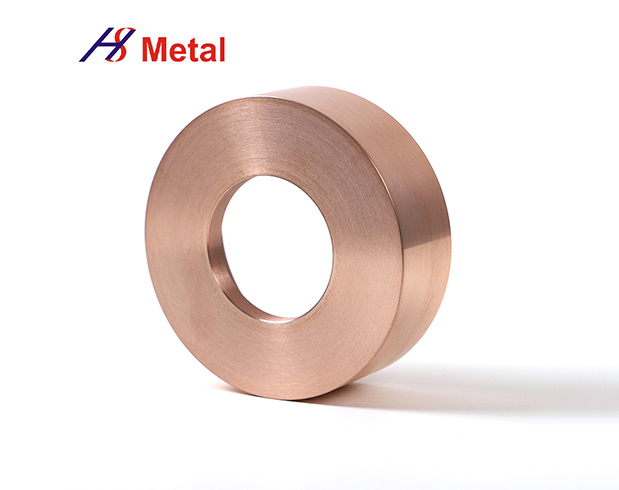
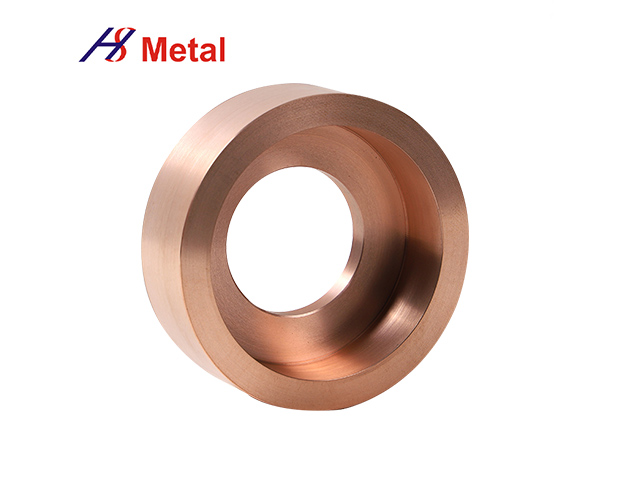




| Class | Chemical Composition (wt%) | Density | Hardness | Resistivity | IACS | Bending Strength | ||
| Cu | Total Impurities≤ | W | g/cm3 ≥ | HB Kgf/mm2 ≥ | μΩ.cm ≤ | % ≥ | MPa ≥ | |
| W50/Cu50 | 50±2.0 | 0.5 | Balance | 11.85 | 115 | 3.2 | 54 | — |
| W55/Cu45 | 45±2.0 | 0.5 | Balance | 12.3 | 125 | 3.5 | 49 | — |
| W60/Cu40 | 40±2.0 | 0.5 | Balance | 12.75 | 140 | 3.7 | 47 | — |
| W65/Cu35 | 35±2.0 | 0.5 | Balance | 13.3 | 155 | 3.9 | 44 | — |
| W70/Cu30 | 30±2.0 | 0.5 | Balance | 13.8 | 175 | 4.1 | 42 | 790 |
| W75/Cu25 | 25±2.0 | 0.5 | Balance | 14.5 | 195 | 4.5 | 38 | 885 |
| W80/Cu20 | 20±2.0 | 0.5 | Balance | 15.15 | 220 | 5 | 34 | 980 |
| W85/Cu15 | 15±2.0 | 0.5 | Balance | 15.9 | 240 | 5.7 | 30 | 1080 |
| W90/Cu10 | 10±2.0 | 0.5 | Balance | 16.75 | 260 | 6.5 | 27 | 1160 |
Advantages:
High quality high sales tungsten copper alloy block can be customized
Product description
Tungsten-copper alloy is an alloy composed of tungsten and copper. The copper content of common alloys is 10%~50%. The alloy is made by powder metallurgy and has good conductivity and thermal conductivity, high temperature strength and certain plasticity. At very high temperatures, such as above 3000 ℃, the copper in the alloy is liquefied and evaporated, absorbing a large amount of heat and reducing the surface temperature of the material. So this kind of material is also called metal sweating material.
Features
Tungsten-copper alloy has a wide range of applications, most of which are used in aerospace, aviation, electronics, electric power, metallurgy, machinery, sports equipment and other industries. Secondly, it is also used to manufacture the contacts of high-voltage electrical switches and high-temperature components such as rocket nozzle throat liner and tail rudder, which are resistant to arc erosion, and also used as electrodes for electrical machining, high-temperature molds and other occasions requiring conductive and thermal conductivity and high-temperature use.

1. Arcing contacts and vaccum contacts in high and medium voltage breakers or vaccum interruptors;
2. Electrodes in electric spark erosion cutting machines;
3. Electrodes for resistance welding.